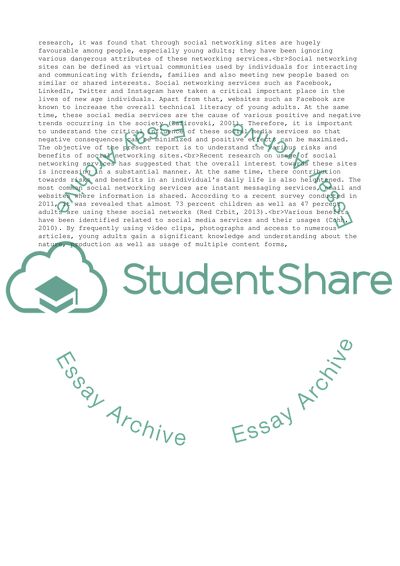Cite this document
(“The risks and benefits of social networking services Essay”, n.d.)
Retrieved from https://studentshare.org/management/1651262-the-risks-and-benefits-of-social-networking-services
Retrieved from https://studentshare.org/management/1651262-the-risks-and-benefits-of-social-networking-services
(The Risks and Benefits of Social Networking Services Essay)
https://studentshare.org/management/1651262-the-risks-and-benefits-of-social-networking-services.
https://studentshare.org/management/1651262-the-risks-and-benefits-of-social-networking-services.
“The Risks and Benefits of Social Networking Services Essay”, n.d. https://studentshare.org/management/1651262-the-risks-and-benefits-of-social-networking-services.


